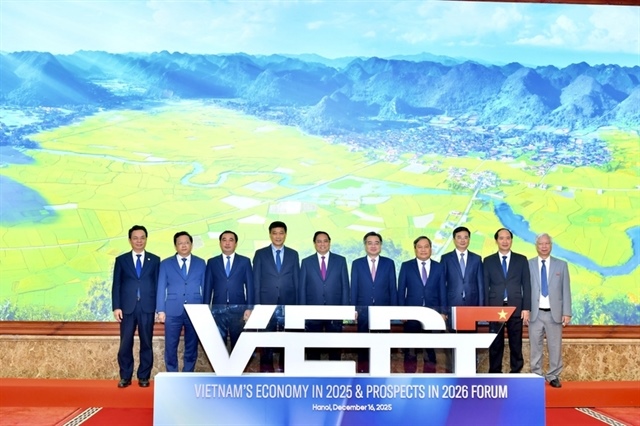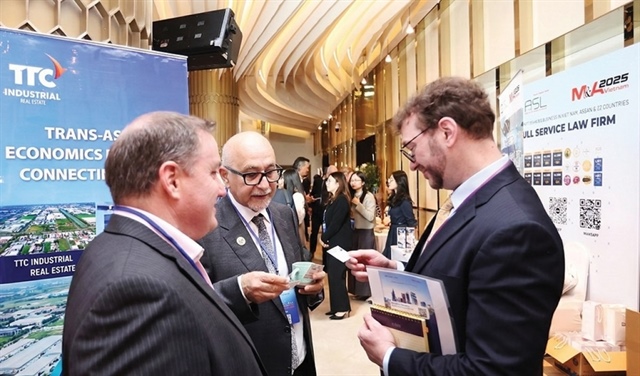VN must launch 2nd export wave: experts
VN must launch 2nd export wave: experts
Businesses should co-operate closely with the Government to usher in a second export wave of products with higher added-value and promotion of brands, participants at a seminar in HMC City said on Tuesday.

According to Nguyen Phu Hoa, deputy head of the Ministry of Industry and Trade’s Import and Export Department, the second wave is crucial given the world has entered the tech-based Fourth Industrial Revolution that is tranforming society, services and trade.
For example, in Japan and the US, humans are working with robots while China is targeting more modern production similar to South Korea’s and Japan’s.
Viet Nam’s first export wave, in which businesses exported raw material, is over.
The seminar pointed out that certain foundations would need to be established to successfully develop the second wave.
The first is setting up a system to share know-how innovated with the support of the Government, according to participants.
This kind of sharing will enable companies to access new technologies, talents and scientists.
Thus, all research outcomes must be shared and published so that they could be applied.
The second requirement is creating trust and confidence since now many consumers doubt the origin and quality of goods.
Thirdly, a competitive infrastructure needs to be developed.
Hoa said one huge thrust would be needed to upgrade roads, bridges, ports, and logistics facilities to serve production and exports.
"But exports cannot be competitive when traffic jams occur regularly when goods are on the way to airports and ports," and this problem should be fixed soon, he said.
Yasuo Nishitohge, general director of Japanese retailer AEON Vietnam, said Vietnamese goods suppliers were constantly improving their products and skills, and now supplied 81 per cent of all items sold in his supermarket.
Fred Burke, governor of American Chamber of Commerce (AMCHAM) in HCM City, said notwithstanding the Trans-Pacific Partnership (TPP) shock, Viet Nam’s growth and reform continued apace.
“The orientation may shift but the US remains a key export market, albeit with new challenges.”
Beyond the TPP, there were many factors boosting Vietnamese exports, he said.
The ASEAN Economic Community established in 2015 had created an economic block of substance, and free trade agreements with the EU and Korea and the Regional Comprehensive Economic Partnership would have multiplier effects, he said.
The entry into effect of the Trade Facilitation Agreement was another boost, he said, adding that Viet Nam was staying the course in its global integration strategy.
“Identifying the target markets and managing risk in export activities” was organised by the Investment and Trade Promotion Centre.
A report from the Ministry of Industry and Trade has said that in the first seven months of this year the country’s estimated exports were US$115.2 billion, nearly 19 per cent higher year-on-year.
Some 20 products exceeded the $1 billion export mark.
Exports to markets that have signed free trade agreements with Viet Nam continue to increase.
For the full year the ministry expects exports of $200 billion, a 13 per cent rise.
Imports are expected to increase by 17 per cent to $205 billion.




















